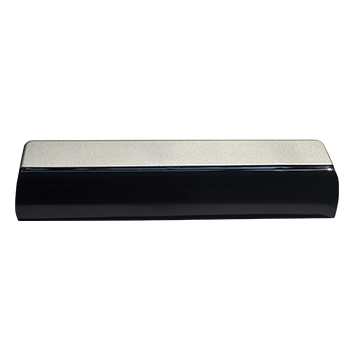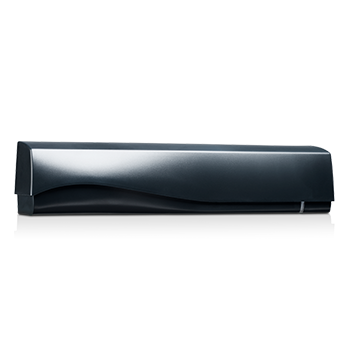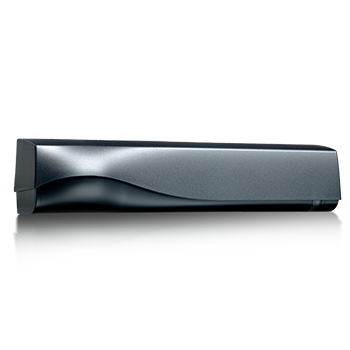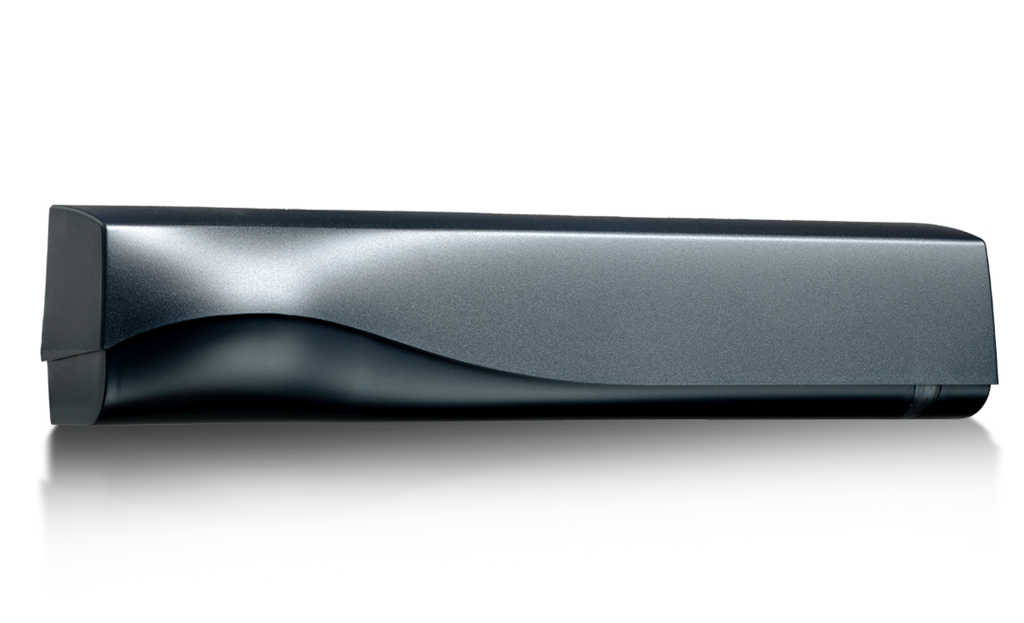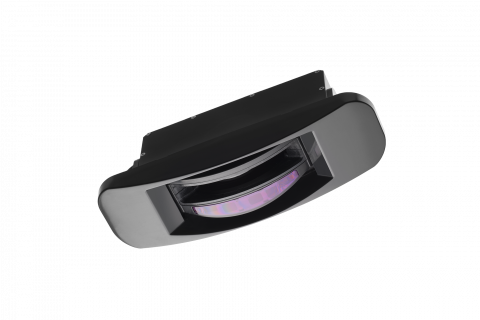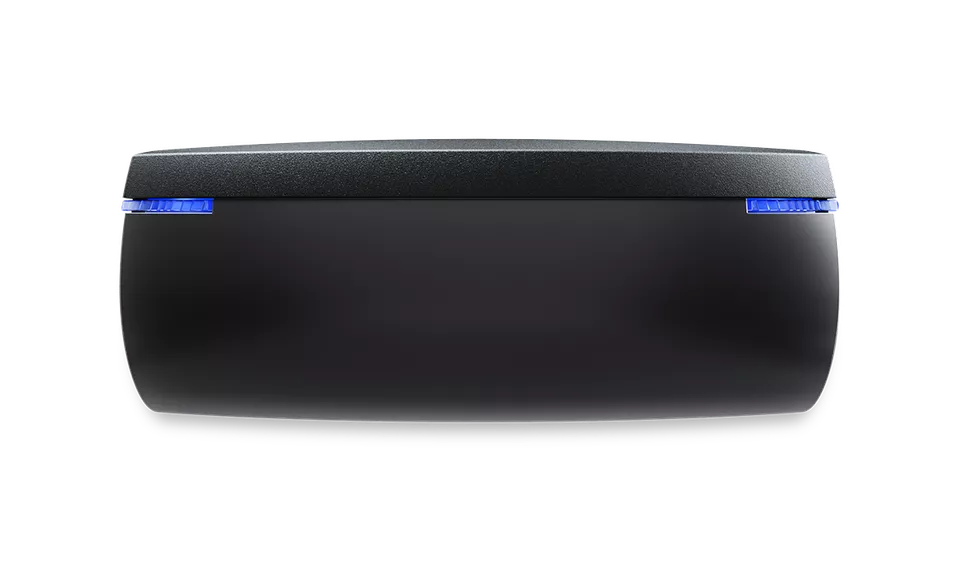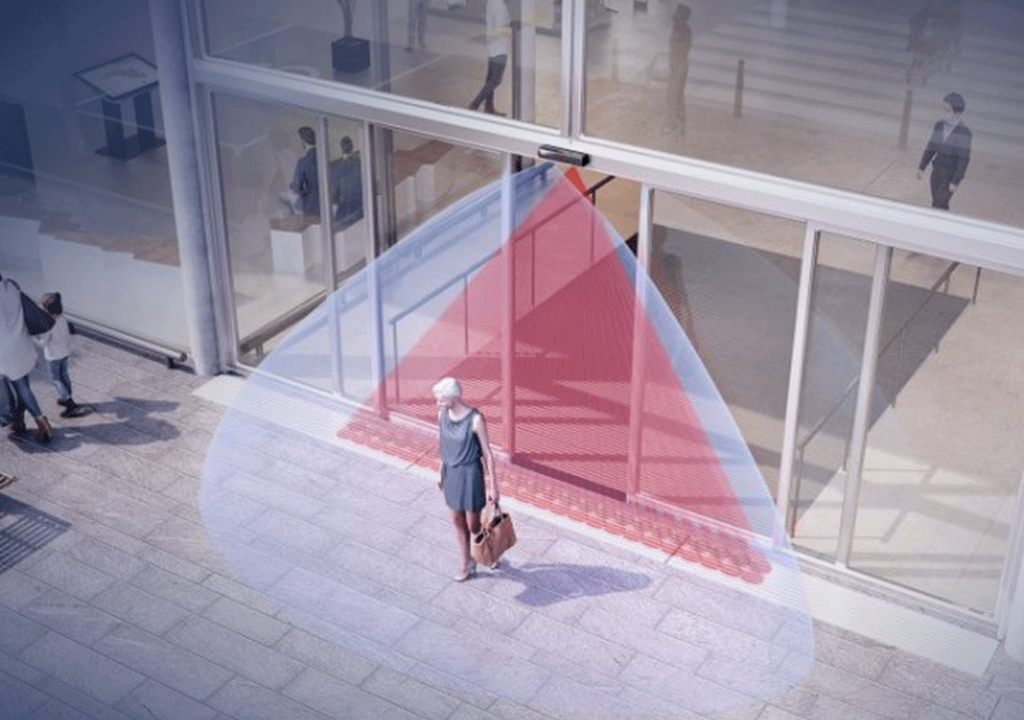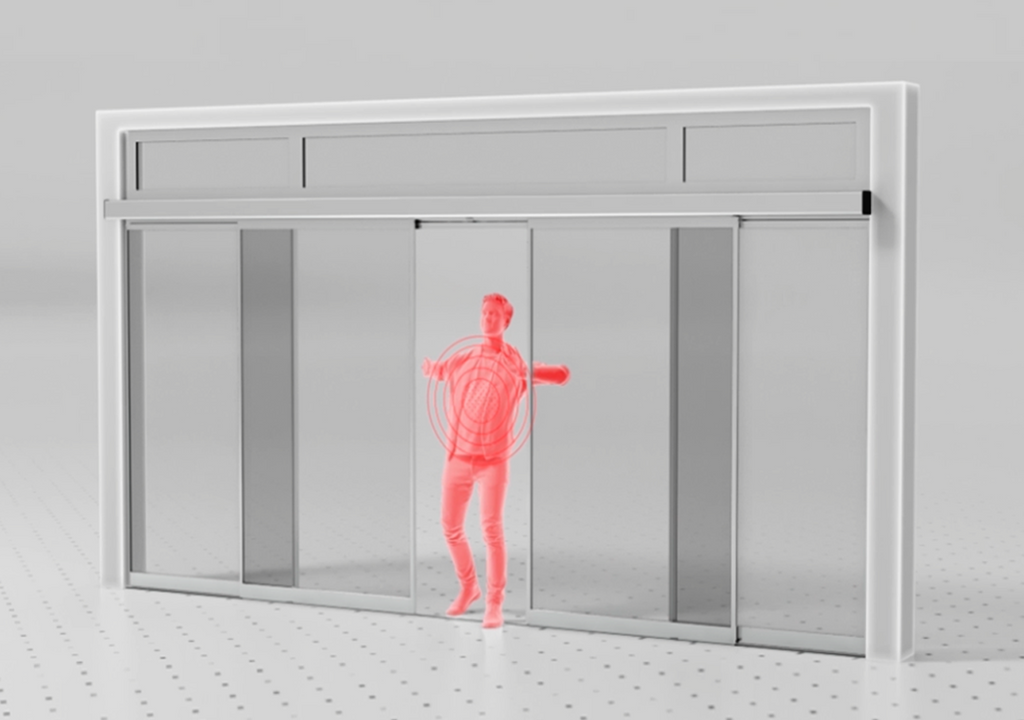As technology rapidly evolves, our lives are undergoing major transformations. From the convenience of e-commerce and mobile payments thanks to the growth of 5G, the Internet of Things, and breakthrough innovations in smart transportation, healthcare, autonomous vehicles, and artificial intelligence, we are moving into an era that is becoming ever more intelligent and digital.
A notable example can be seen in our everyday travel experiences. When we enter or exit hotels, airports, stations, shopping malls or even convenience stores, we no longer have to manually open or close doors. Instead, these entryways have been replaced with sleek, convenient and intelligent automatic doors. This not only enhances our ease of access but also improves safety. Furthermore, when equipped with the right sensors, these doors can conserve energy and increase efficiency for property owners, serving multiple purposes at once!

The Importance of Sensors for Automatic Doors
The performance and functionality of automatic doors differ based on their application. For instance, office buildings require doors with identity recognition and minimal noise operation, while nursing homes and residential areas calls for a high level of safety. Clean rooms of pharmaceutical and food processing facilities need doors with enhanced sealing whereas in shopping malls and stations, traffic flow and pedestrian safety are key considerations. In addition to the door operator’s design and performance, the choice of sensor is also a crucial factor.
Sensors in automatic doors have two key functions: Activation and Safety. First, it triggers the door to open by sending a signal to the door operator when it detects signals indicating the need for the door to open. Second, it acts as a safety measure, preventing the door panel from striking pedestrians during opening and closing cycles. Additionally, identity recognition systems such as access control cards, fingerprint scanners, facial recognition, also fall under the category of sensors.
How to Select Opening Sensors for Automatic Sliding Doors?
Microwave radar sensors have become the preferred choice for opening sensors due to their high stability and strong environmental adaptability. When selecting microwave sensors, it is crucial to consider the compliance of the emission frequency and power, as well as the stability of the detection area, ensuring that the performance remains unaffected by rain, door panel movement, or vibrations). Sensors with direction recognition capabilities can distinguish whether pedestrians are approaching or moving away, and only responding those who are approaching. This minimizes unnecessary openings, saving energy for air conditioning and heating, and supports energy conservation goals by improving energy efficiency and lower carbon footprint.
Which microwave sensors are recommended?
-
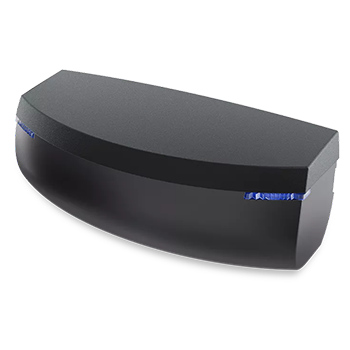
-
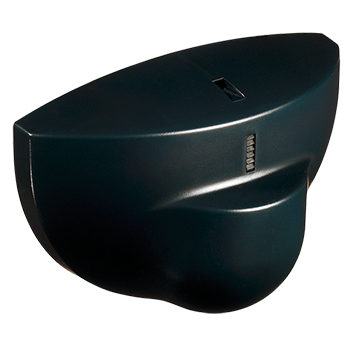
EAGLE
-
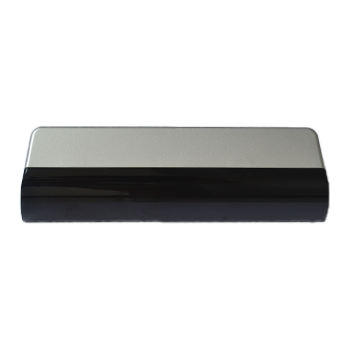
-
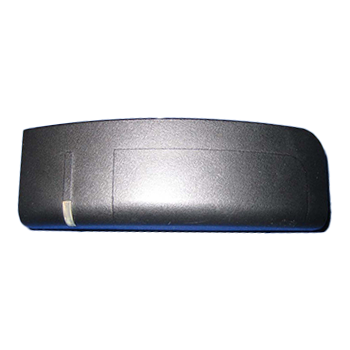
MW8
BEA offers a variety of microwave sensors that have been reliable in the market for years, including the classic and well-established products such as MW8, ZEN and Eagle 6+. A standout, highly recommended option would be the Eagle ARTEK. Thanks to its unidirectional radar technology, the door opens only when a pedestrian approaches, reducing unnecessary openings, contributing to energy savings.
How to Select Safety Sensors for Automatic Sliding Doors?
Safety protection is another key function of automatic doors. In accordance with both domestic and international industry standards, all automatic doors must be equipped with safety measures to ensure pedestrian safety and prevent any accidental collisions with the door leaf. Common safety solutions in the market include photo beams and infrared light curtain sensors.
Photo Beams
Traditional photo beams have drawbacks, such as application limitations and complicated installation. While they offer some protection, their coverage range is limited, and the installation process can be complex. Aligning photo beams is difficult, wiring can be complex, and the sensors are prone to interference from sunlight and other reflective objects, leading to missed or false detections. This issue is present especially for frameless glass doors where installations pose to be particularly challenging. Therefore, photo beams are generally not advised for safety protection.
Infrared Light Curtain Sensors
As shown from the video, it clearly demonstrates that infrared light curtain offers significant superior protection compared to photo-beams, making it more reliable, stable and a preferred choice. When light curtain sensors are installed on both the interior and exterior of an automatic door, the infrared light sensor generates a light curtain on each side of the door.
Photo Beam vs Infrared Sensor
When an object passes through and “interrupts” the light curtain, it triggers the safety mechanism, causing the movement of the door leaf to either stop or reverse. This design not only enhances safety but is easy to install too. Thanks to the Background Analysis technology that is adopted in light curtain sensors, it is less affected by light interference and relatively more stable in sunlight and glass-reflective environments. It is especially ideal for modern frameless glass doors, and provides comprehensive and safety protection for pedestrians using automatic doors.
| Photo Beam | Infrared Light Curtain | Laser Curtain | |
|---|---|---|---|
Safety |
Easy to miss detection, especially when the size of the object is small, such as wheelchairs, baby carriages, etc. False detection when the door is shaken or after cleaning. |
Principle of background analysis, no blind spot with the ground; Light curtains have larger protection range; will not miss the detection; Hence much safer |
High accuracy and highest ever level of safety coverage. |
Immunity to Environment |
Environmental influences such as sunlight/light, stainless steel door bodies and unstable operation in glass-reflective environments |
Stable in all surroundings and weather conditions. No false detection even when the door is moving. |
Due to the advantages of TOF technology, a blind spot height of less than 10cm can be set, without interference from the ground or light. Unnecessary detections can be filtered by time and volume. |
Installation |
Challenging to set up More difficult for frameless doors. Majority of the doors sold in Asia are frameless |
Installation and wiring is more convenient, especially with the help of visible spots. |
Transmitter-receiver integration, easy installation, flexible detection area setting. |
Maintenance |
False detection or miss detection of objects, requires frequent maintenance and adjustment. |
Stable, reliable, easier to fix when there are some problems, some of which can be self-recovery. |
Strong adaptability of the working environment, no false or miss detection. |
Which light curtain sensors are recommended?
The two-in-one sensor, which integrates microwave technology for activation and infrared light curtain technology for safety protection, is an ideal solution for automatic doors.
BEA’s two-in-one sensor, ZENSAFE, is a great alternative to photo beams to the traditional photo beams. The infrared light curtain features 24 infrared light spots, ensuring stable detection of test bodies that meet the required standards. ZENSAFE provides reliable performance, a straightforward set up installation and is easy to maintain.
For door control systems that must adhere to Chinese or European standards, BEA’s two-in-one products from the VIO and IXIO series are excellent choices. These products feature two light curtains for safety protection, meeting the standards EN ISO 13849-1 PL «c» CAT. 2 and European TUV certification. They have been widely adopted in the global market for years and are highly regarded by users for their reliability and performance.
For specific doors with openings that exceed standard dimensions in width or height, laser sensors are an ideal solution due to their high precision and long-range detection capabilities. Such sensors are especially well-suited for ultra-high, ultra-wide door openings, ensuring comprehensive safety coverage.
-
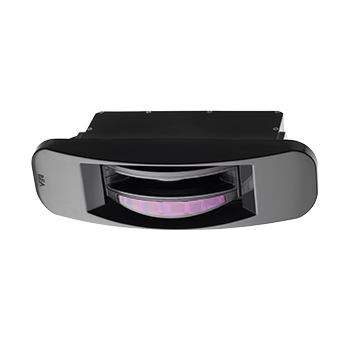
-
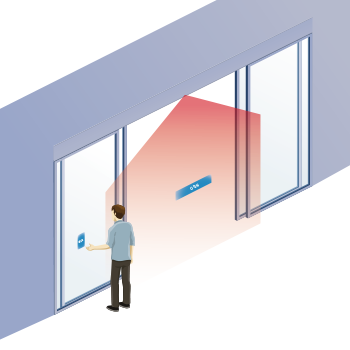
LZR-FLATSCAN SL APPLICATION
The BEA’s LZR-FLATSCAN SL is a laser sensor specially designed for automatic sliding doors. With a maximum installation height of 5 meters and a protection width of up to 6 meters, it effectively covers hazardous areas of the various types of sliding doors. In addition, the FLATSCAN-SL features a virtual button function for door opening, providing increased flexibility and convenience. It is widely used in both hospital and balcony doors.
In addition to providing solutions for sliding doors, BEA offers a diverse range of sensor products that can be adapted to different types of doors, including swing and revolving doors, catering to a wide range of application scenarios.


